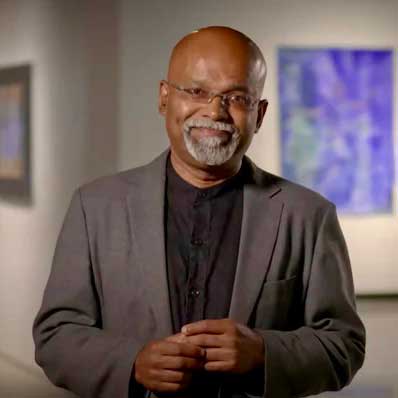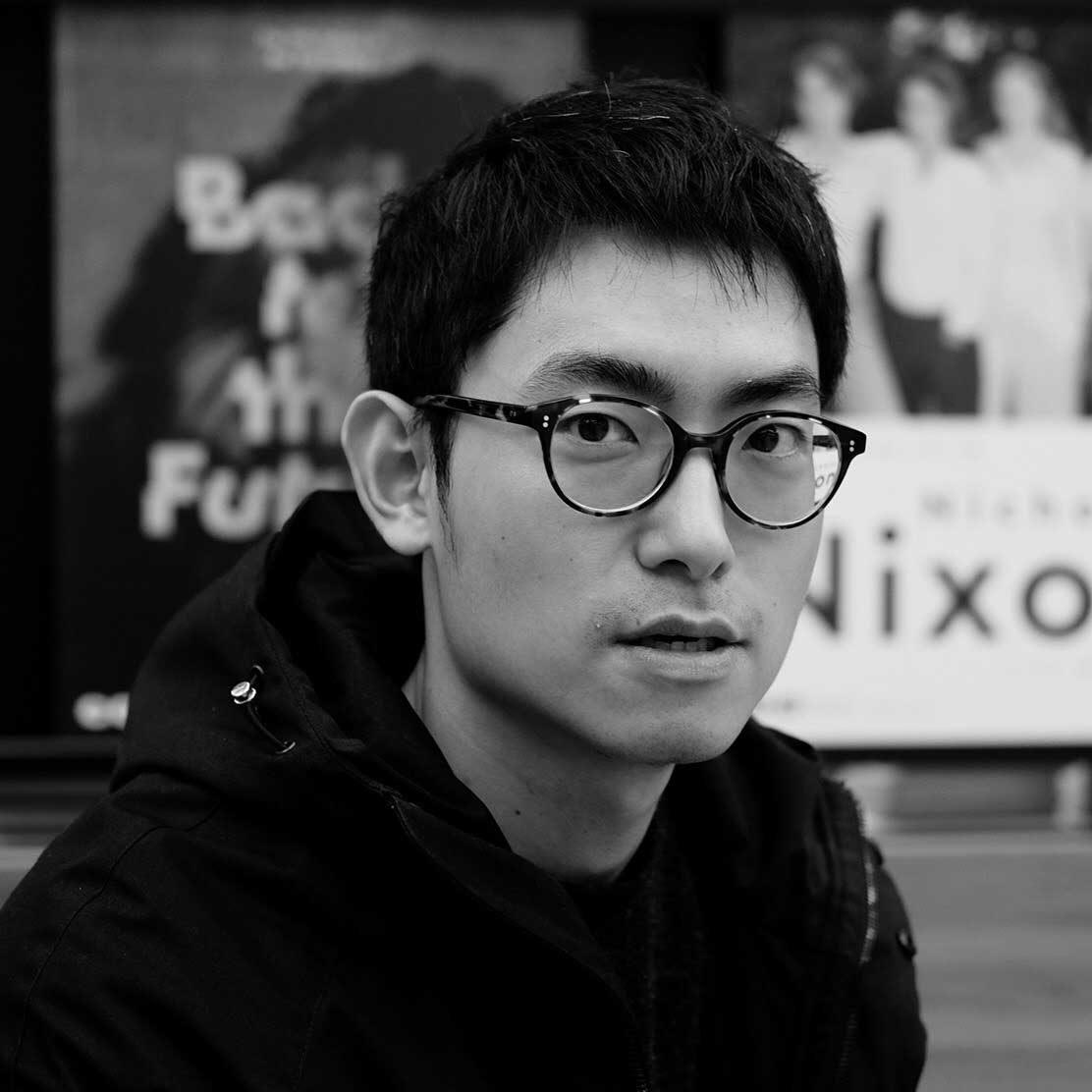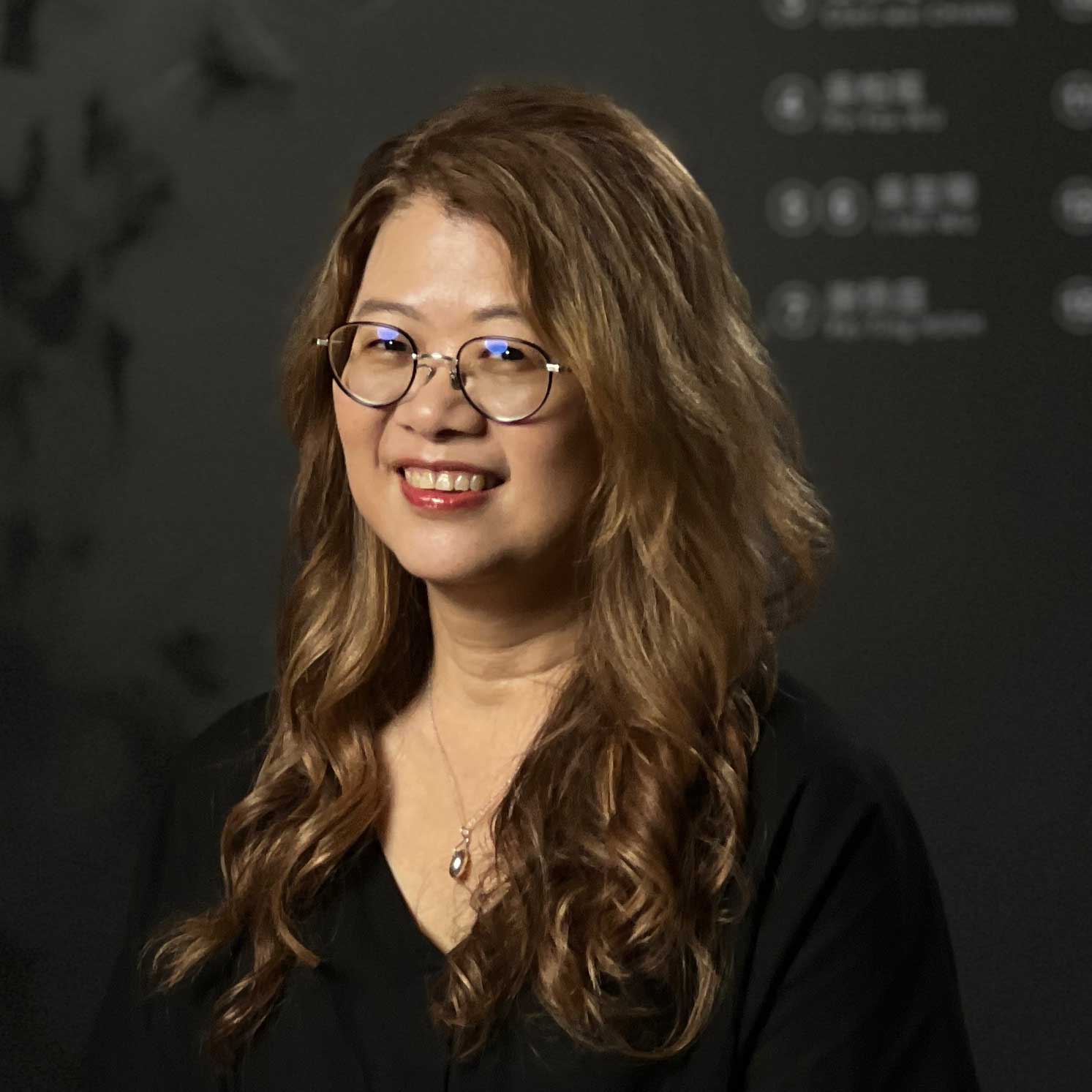And why are there so few media art works in contemporary art exhibitions? Media arts, namely art forms that engage the capacities and affordances of recent and emerging technologies, are still largely missing in contemporary art exhibitions and spaces. In an age of rapid proliferation, consumerized adoption and normalization of media technologies coupled with what can be characterized as an institutionalized neglect of media arts in museums and art spaces which are still skeptical of and thus restrained in showing such works, curating media arts represents some unique opportunities and challenges.
The history of curating media art exhibitions is best represented, it could be argued, as having two distinct and sometimes overlapping trajectories – one that involves the inclusion of artworks employing technology within exhibitions featuring works in other media and where the curatorial and thematic focus is not concerning “technology” as such and two, of those exhibitions curated to showcase exclusively artistic investigations of technology (i.e., that seldom if ever present artworks in other media). It is noteworthy that some of the pioneering exhibitions of a nascent “media arts” did not clearly differentiate between media arts and works in other media, for example Machine Art (MoMA, New York, 1934), The Machine as Seen at the End of the Mechanical Age (MoMA, New York, 1968), Information (MoMA, New York, 1970) and Software (Jewish Museum, New York, 1972). And the exclusively media art exhibitions like Computer Generated Pictures at the Howard Wise Gallery (New York, 1965), Computer-Grafik, Galerie Wendelin Niedlich (Stuttgart, 1965) and Cybernetic Serendipity (London, 1968), did not consistently articulate the works presented as “art,” instead choosing to maintain an aesthetic and ontological ambivalence about the objects exhibited.
This talk will propose media arts curating as a necessarily generative practice where the very definitions, cultural specificities, modes of production, forms of interaction and reception and notions of authorship of these art forms are problematized. It will be argued that it is in this aporetic space that the black box of technology (in all its often obscure technological and socio-political complicities) can be made visible in and challenge the exhibitionary conventions of the purportedly neutral white cube of museums and galleries. The generativity of curating media arts issues in several fronts – through interdisciplinary mobilizations of discourses and practices of science and technology often in research settings, engagements with audiences in new ways of experiencing the artworks both in and beyond the physical exhibition space and enabling critical and cultural reckoning of emerging technologies through artistic explorations.
Dean Emeritus and Professor, Stamps School of Art and Design, University of Michigan

Gunalan Nadarajan, an art theorist and curator working at the intersections of art, science and technology, is Dean Emeritus and Professor at the Penny W. Stamps School of Art and Design at the University of Michigan. His publications include The Handbook of Visual Culture (co-edited, 2012), Place Studies in Art, Media, Science and Technology: Historical Investigations on the Sites and Migration of Knowledge (co-edited, 2009), Contemporary Art in Singapore (co-authored, 2007), Construction Site (edited, 2004), and Ambulations (2000), and over 100 book chapters, catalog essays, academic articles, and reviews. His writings have also been translated into 16 languages. He is on the editorial board of the book series, Technicities (Edinburgh University Press) and the journal, Cultural Politics (Duke University Press).
He has curated many international exhibitions including Mediating Asia (Taiwan, 2022), Displacements (Beijing, 2014), DenseLocal (Mexico City, 2009), Negotiating Spaces (Auckland, 2004), 2nd Mediacity Seoul (Seoul, 2002), 180KG (Jogjakarta, 2002), and Ambulations (Singapore, 1999). He was contributing curator for Singapore Biennale (2006) and Documenta XI (Kassel, 2002) and served on the jury of a number of international exhibitions and festivals, including FutureEverything Festival (Manchester, 2009), Ars Electronica (2007), ISEA 2006 (San Jose), transmediale05 (Berlin, 2005), and ISEA 2004 (Helsinki/Tallinn). He was Artistic Director of ISEA 2008 (International Symposium on Electronic Art) in Singapore and Artistic Co-Director of the Ogaki Biennale 2006, Japan. In 2004, he was elected a Fellow of the Royal Society of Art.
Assistant Professor, Department of Arts and Design, National Tsing Hua University

Li-Chun Lee received his Ph.D. in Cultural History and Theory from Humboldt University of Berlin and is currently an Assistant Professor in the Department of Arts and Design at National Tsing Hua University. After graduating from the Department of Fine Arts at National Taiwan Normal University, he pursued further studies in Germany at the Humboldt University of Berlin, where he studied Art and Visual History and Cultural Theory and History. His research interests include image theory, image history, cultural techniques, and media, with a focus on the interdisciplinary and transhistorical relationships of images. He has been invited to present papers at the University of Vienna, eikones – Center for the Theory and History of the Image, the Warburg International Seminar (Warburg-Kolleg), and the Munich Historisches Kolleg. He was the exhibition researcher for the exhibition Walking the Crack (2022-2023) at the Taipei Fine Arts Museum and chief editor of TFAM Contemporary Texts: Archive (2023). His most recent publication is Körper bilden: Körperdarstellungen in der europäischen und chinesischen Medizin (2019).
Professor, Graduate Institute of Art and Technology, National Tsing Hua University

Yu-Chuan Tseng, a digital artist, curator, and scholar, obtained her Ph.D. from the Graduate Institute of Applied Art at National Yang Ming Chiao Tung University. She is currently the Professor at the Graduate Institute of Art and Technology, National Tsing Hua University. Additionally, she serves as the vice chairperson of the Taiwan Art & Technology Association, the honorary chairperson of the Taiwan Women’s Art Association, and a board of directors of the Digital Art Foundation. Tseng began creating digital artworks in 1998 and initiated the Net Art Project in 2002, focusing on the existence of humans in the digital age. She has curated numerous exhibitions, held solo exhibitions, and participated in group exhibitions at prominent art museums, art centers, and galleries both in Taiwan and internationally. In 2003, she presented her solo exhibition Let’s Make ART at the Taipei Fine Arts Museum, which was the first exhibition in Taiwan to utilize instantaneous web-based interaction. Her research interests include the theory of digital art and net art. Her articles have been published in domestic and international journals and conferences such as Leonardo, ACM Multimedia, and the International Symposium on Electronic Art (ISEA). In 2012, she participated in the Leonardo Digital Art Initiative.
